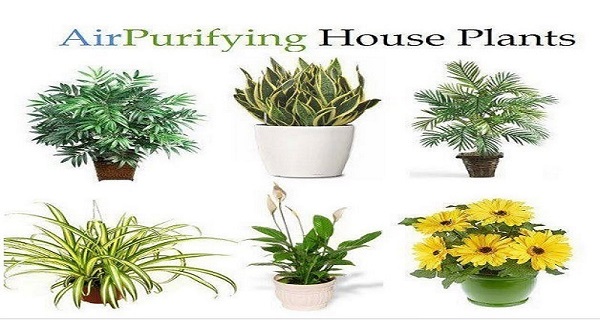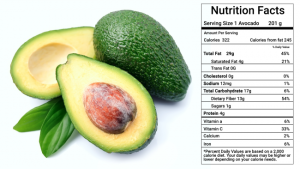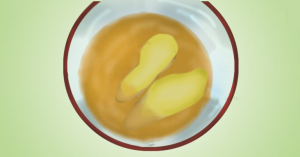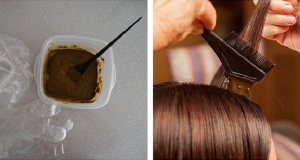Are you struggling to lose weight and maintain a healthy diet? You may have a toxic fatty acid that blocks weight loss.
Here's how a simple “Ice Hack” speed up my fat loss and helped me restore my health, watch now.
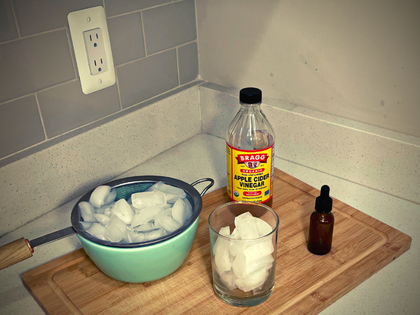
It has been proven statistically that the population of America U.S. spend 90% of their time indoors.
This is not a good thing in any way, particularly when we look at the air pollution in the office or at home. Because of this, there is a reason why the U.S. Environmental Protection Agency stated that indoor air pollution is one of the top five threats to our health from the environment.
This led Kamal Meattle to investigate whether there is a way to clean the air in the offices of our homes. The results suggested three common plants that, if properly placed, will efficiently and dramatically enhance the quality of air in the room.
The study he conducted revealed a method to plant the following plants in specific spaces in the house, and, consequently, effectively filter the air:
“The Bedroom Plant” or Mother-in-Law’s Tongue- He suggests planting 6-8 waist-high plants for each person as they produce a lot of oxygen at night.
“Living Room Plant” or “Living Room Plant” or Areca Palm, as he says the need to plant four shoulders-high plants for each person because it creates oxygen throughout the day.
“The specialist Plant” or “The specialist Plant” or Plant The Money Plant is a remarkable plant that cleanses the air of formaldehyde and other organic chemicals that are harmful.
In spite of these, 5 additional plants have been proven to be highly efficient in improving the quality of air inside, such as English Ivy, Asparagus fern as well as variegated wax as well as The Purple Heart plant and the purple waffle plant.
In addition, NASA recommends that you install at the very least one house plant for every 100 square feet of your home. However, the plant you choose to plant should be slightly larger than is grown in a 6- to 8-inch diameter pot.
Source: healthyfoodhouse.com

